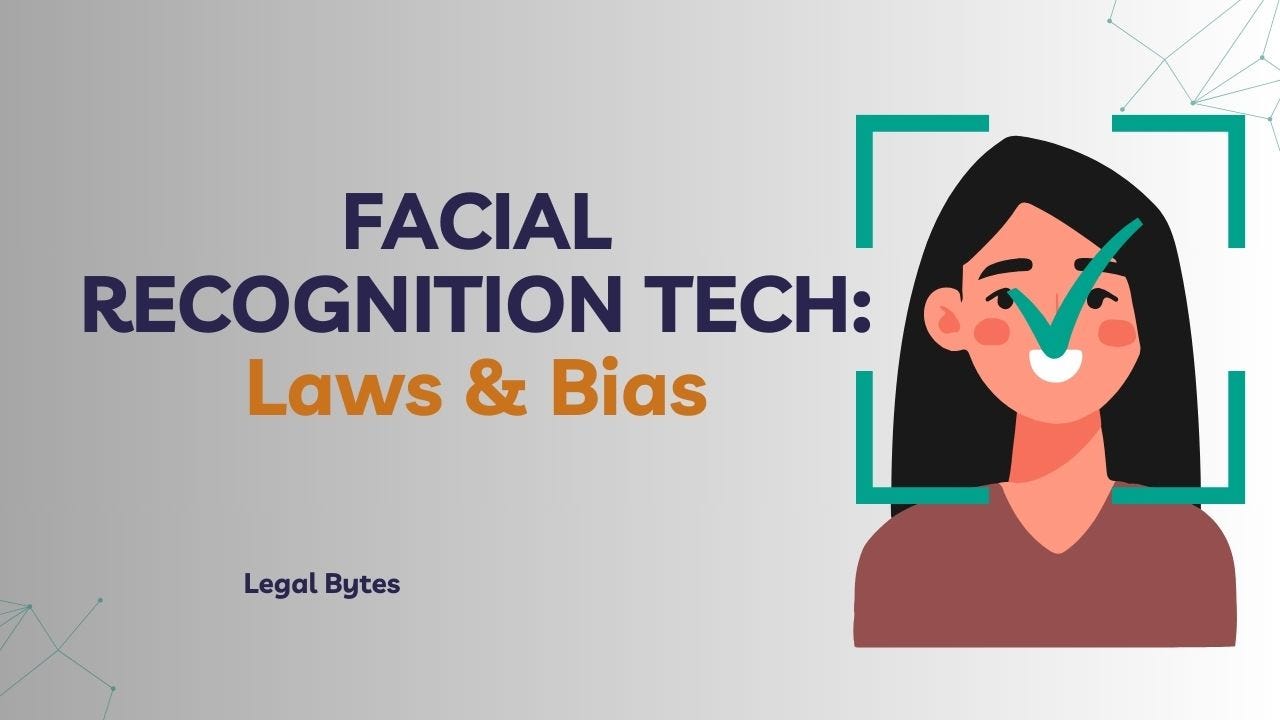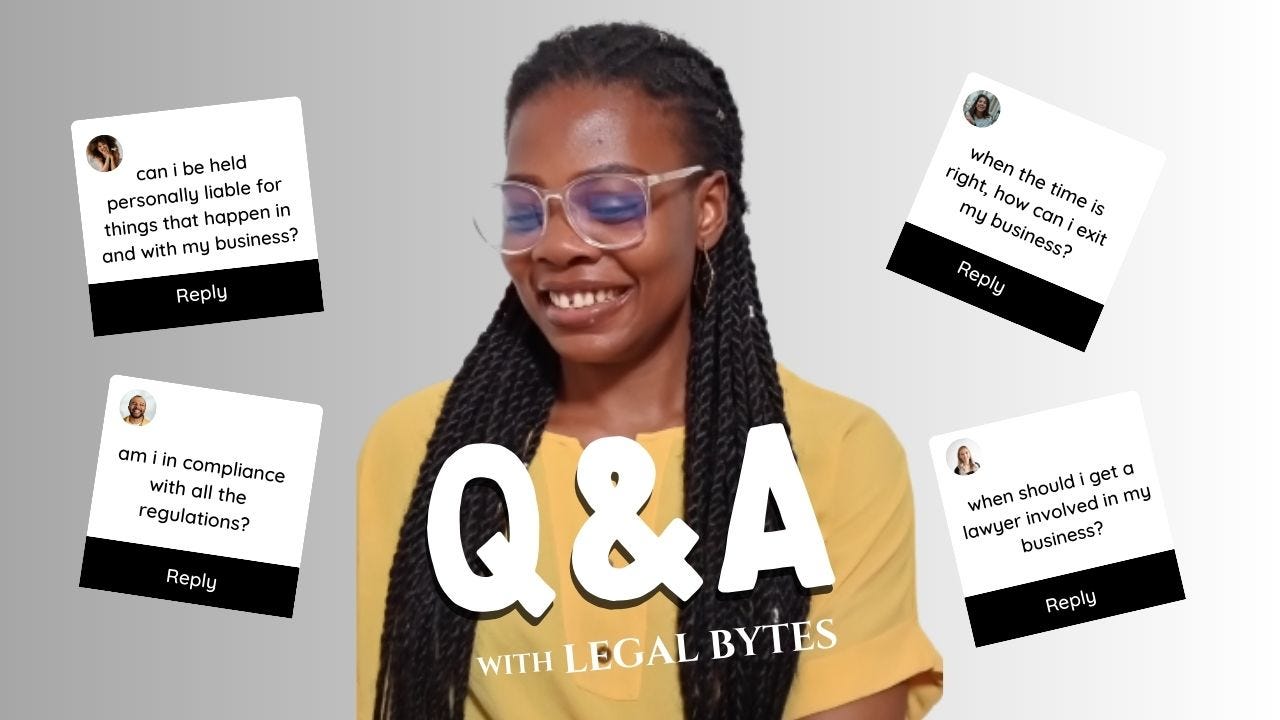FACIAL RECOGNITION TECH: Implicit Bias, Regulations, and FRT in Action
We explore the challenges of implicit bias in facial recognition technology, legal regulations shaping its use globally, and how FRT is transforming identity verification today
Facial recognition technology (FRT) is no longer science fiction. It has advanced from being a futuristic concept to a critical tool in our daily lives. From identifying people in photos to verifying identities for financial transactions, its applications are as exciting as they are controversial. But as its adoption grows, so do concerns about its fairness, accuracy, and compliance with legal standards.
For clarity, facial recognition technology connects a facial image to an identity, a database entry supporting identification, with a prior event, or provides evidence to prove someone’s accurate identity.
Unfortunately, a significant challenge facing facial recognition is implicit bias, the tendency of these systems to produce less accurate results for certain demographic groups, particularly women and people of color. Beyond the ethical concerns, there’s also a growing legal debate about regulating this technology to ensure fairness and privacy.
In this article, we’ll examine the bias in facial recognition technology, highlight the current legal landscape, and explore what businesses and regulators can do to navigate this complex terrain.
Understanding Implicit Bias in Facial Recognition Technology
What is Implicit Bias in FRT?
Implicit bias in facial recognition refers to the tendency of these systems to perform better for certain demographic groups than others. This bias often stems from the datasets used to train the technology. Many facial recognition algorithms are trained on datasets that predominantly feature white male faces. As a result, the systems often struggle to accurately identify women, people with darker skin tones, and other underrepresented groups.
For example, a 2019 study by the National Institute of Standards and Technology (NIST) found that some facial recognition algorithms were up to 100 times more likely to misidentify people of African and Asian descent compared to white individuals.
Real-World Implications of Bias
The implications of bias in facial recognition tech are profound:
Law Enforcement: Biased systems can lead to wrongful arrests or surveillance, disproportionately affecting marginalized communities.
Employment: Companies using FRT in hiring processes may unintentionally discriminate against candidates from certain demographics.
Access to Services: Inaccurate recognition can deny people access to banking, healthcare, or other critical services.
The Legal Landscape of Facial Recognition Technology
1. Global Legal Frameworks
Countries around the world are grappling with how to regulate facial recognition technology:
United States:
States like Illinois have passed laws such as the Biometric Information Privacy Act (BIPA), which requires companies to obtain explicit consent before collecting biometric data.
Cities like San Francisco have banned the use of facial recognition technology by law enforcement.
European Union:
The EU’s General Data Protection Regulation (GDPR) imposes strict requirements on collecting and processing biometric data, treating it as sensitive information.
The new Artificial Intelligence Act could further regulate FRT to prevent discriminatory outcomes.
Nigeria:
Under the Nigeria Data Protection Act (NDPA), biometric data is classified as personal data, requiring businesses to obtain user consent and ensure data security.
2. Key Issues in Regulation
Transparency: Regulators demand that companies disclose how facial recognition systems are trained and used.
Accountability: Businesses are being held accountable for biases in their systems, with some jurisdictions allowing individuals to sue for damages.
Privacy: Many regulations emphasize the need to protect individuals’ privacy, ensuring that their biometric data isn’t misused or stored indefinitely.
How Businesses Can Navigate Legal and Ethical Challenges
1. Conduct Regular Bias Audits
Companies should routinely test their facial recognition systems for bias and accuracy. This includes diversifying the training datasets to ensure a better representation of all demographics.
2. Adopt Privacy-First Practices
Collect only the biometric data necessary for your system to function.
Secure data with encryption and limit access to authorized personnel only.
3. Seek Legal Compliance
Understand and comply with local and international regulations, such as the NDPA in Nigeria or the GDPR in the EU.
Work with legal experts to draft clear privacy policies and user consent forms.
4. Advocate for Ethical AI Use
Partner with organizations that promote ethical AI development.
Be transparent about how your system works and the measures you’ve taken to address bias.
Facial Recognition Tech in Action: Meta's Glasses, KYC, and More
One of the latest innovations in FRT comes from Meta. The company’s new smart glasses can reportedly recognize people in real time, raising questions about privacy and ethical implications. At the same time, FRT is increasingly being used for Know Your Customer (KYC) processes and other innovative use cases across industries. Interestingly, the use of FRT has become a slippery slope between efficiency and ethics.
Meta’s Smart Glasses: A New Frontier for FRT
What Are Meta’s New Glasses?
Meta’s new wearable device, developed in collaboration with Ray-Ban, integrates Facial Recognition Technology to identify people in real time. These glasses aim to enhance social connectivity by enabling users to:
Identify individuals in a crowd or at events.
Access contextual information about people they meet, such as their social media profiles (if linked).
Potential Benefits
Networking Made Easy: Professionals could quickly identify contacts or colleagues at conferences.
Accessibility: Individuals with memory impairments could use the glasses to recognize family or friends.
Privacy Concerns
Despite the innovation, Meta’s glasses have raised significant privacy concerns:
Unauthorized Identification: What happens when someone doesn’t consent to being identified?
Data Security: Storing and processing facial data poses risks, especially if the data is misused or hacked.
Legal Implications: In jurisdictions like the EU (under GDPR) and Nigeria (under NDPA), Meta would need explicit user consent to collect and use biometric data through these glasses. Failure to comply could result in significant fines and reputational damage.
Facial Recognition for KYC and Identity Verification
The Rise of FRT in Financial Services
Businesses especially those within the financial industry utilize Know Your Customer (KYC) procedures to verify the identity of their customers. FRT is revolutionizing this process by offering:
Faster Verification: Customers can complete onboarding by simply uploading a selfie and a government-issued ID. The system compares the photo on the ID with the selfie in real time.
Enhanced Security: Unlike traditional methods, FRT is harder to forge, making it ideal for fraud prevention.
Use Cases in Nigeria and Beyond
Banking and FinTech: Banks in Nigeria, such as GTBank and Access Bank, are integrating FRT for seamless customer onboarding. Globally, platforms like PayPal and Stripe are also leveraging FRT for identity verification.
Telecommunications: Mobile network providers use FRT to register SIM cards and comply with government regulations.
E-Commerce: Online marketplaces are adopting FRT to prevent identity theft and unauthorized transactions.
Challenges and Legal Considerations
Data Privacy: Customers must be informed about how their biometric data is stored and used.
Accuracy Issues: Systems must be tested to ensure they work accurately across diverse demographics to avoid unintentional bias.
Compliance: Businesses must adhere to data protection laws like the NDPR in Nigeria or GDPR in Europe.
Other Current Use Cases of Facial Recognition Technology include;
1. Airports and Travel
FRT is streamlining airport security and boarding processes. For instance:
In the United States, Clear allows travelers to use facial recognition to bypass long security lines.
Nigeria is reportedly exploring FRT to improve border security and immigration services.
2. Law Enforcement
FRT helps law enforcement agencies identify suspects or locate missing persons. However, concerns about misuse and racial bias have led to regulatory scrutiny in countries like the U.S. and the U.K.
3. Retail and Marketing
Retailers use FRT to:
Personalize customer experiences by recognizing repeat shoppers.
Prevent shoplifting by identifying individuals with a history of theft.
4. Healthcare
In healthcare, FRT is being used to:
Verify patient identities during telemedicine appointments.
Monitor patients’ emotions and physical conditions in real time.
Facial recognition technology is undeniably transforming industries, from Meta’s cutting-edge glasses to secure KYC processes and beyond. While its potential is exciting, the challenges around privacy, data security, and bias cannot be ignored.
As businesses and governments continue to adopt this technology, it is crucial to strike a balance between innovation, fairness, compliance with data protection laws, and ethical practices. As technologies evolve, so must the frameworks that regulate them.
Whether you’re a tech startup in Nigeria or a multinational corporation, understanding the legal and ethical implications of facial recognition tech is essential to staying ahead in today’s digital landscape.
Do you need help navigating the legal complexities of adopting facial recognition technology? Let’s collaborate to protect your business and its future.
About Legal Bytes
We are Adune Legal’s weekly Newsletter, which simplifies the Law for Busy Executives, Entrepreneurs, and Tech Enthusiasts interested in the legal aspects of Business, Technology, and Intellectual Property.
We love emails from our readers— reply to this email and let us know your thoughts and suggestions.
WAIT!!!
Become a paid subscriber and access;
Q&A sessions with Nneoma Grace via chats on Substack.
Detailed Legal Templates and examples to save you time and legal fees
Expert Interviews and Case Studies
Don't miss out on these perks - subscribe today and start enjoying it!
Thanks for reading Legal Bytes
Adune Legal’s Team
P.S. Like Legal Bytes? Please forward us to a friend.
P.P.S. Was this publication forwarded to you? Sign up here & see previous publications.





